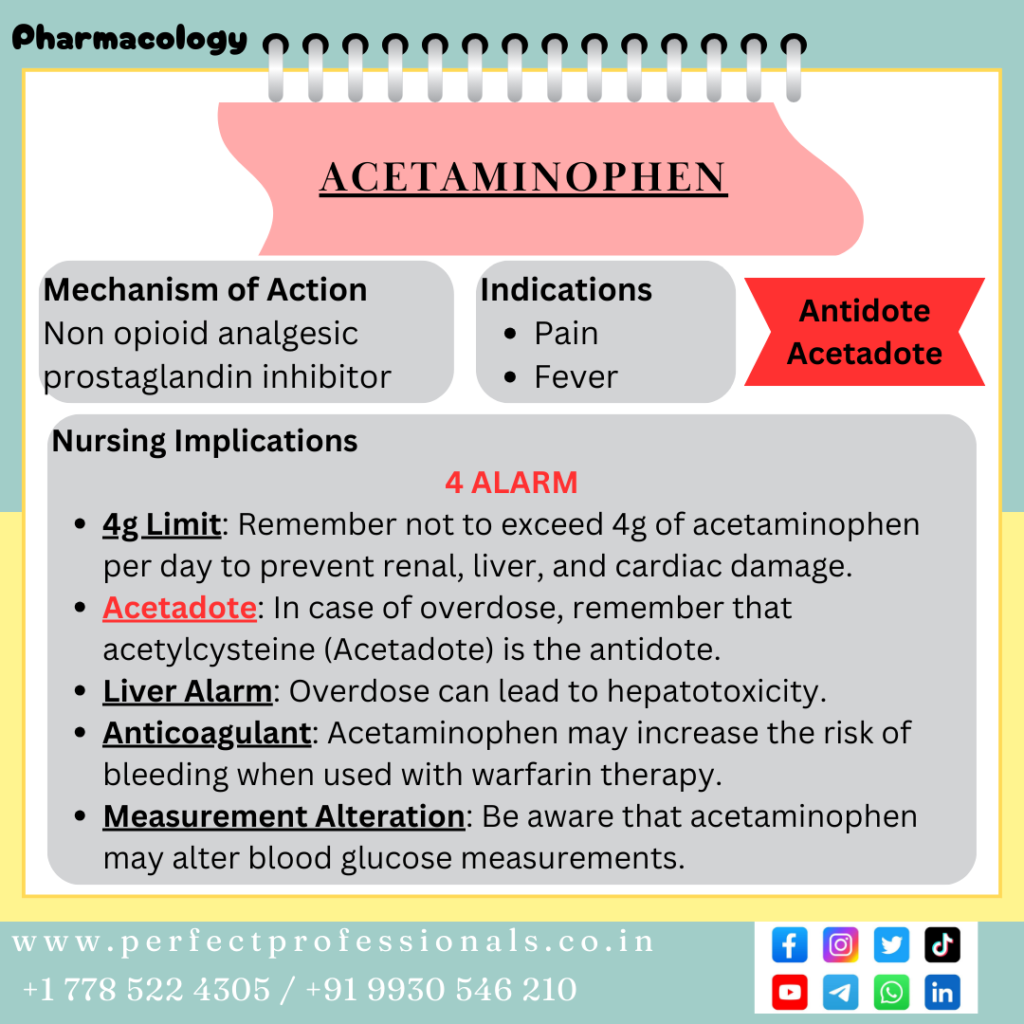HAP is a bacterial infection acquired in a health care facility that was not present on admission. Almost all clients with bacterial pneumonia develop leukocytosis (WBC >11,000/mm³).
Antibiotic therapy is the first-line treatment, but antibiotic resistance frequently occurs in HAP. If antibiotic therapy is effective, clinical improvement usually occurs within 3-4 days of initiation of IV antibiotics.
The nurse monitors WBC as the best indicator of treatment effectiveness as antibiotics cause bacterial lysis or hinder bacterial DNA reproduction.
The reduced number of bacteria and the resulting decrease in inflammation cause a decrease in the number of white blood cells needed to fight the infection. Other indicators of treatment effectiveness include improvement of infiltrates on chest x-ray, oxygenation, and signs and symptoms (cough, fever, sputum production).
(Option 1) The color of sputum (eg, clear, yellow, green, grey, rusty, blood-tinged) can vary with different types of pneumonia; it is not the best indicator of treatment effectiveness.
(Option 2) Adventitious/abnormal lung sounds (crackles, low-pitched wheeze, bronchial breath sounds) can be present as the pneumonia resolves or can be a sign of further complication (pleural effusion). However, these are not the best indicators of treatment effectiveness.
(Option 3) Saturation is an indicator of oxygenation but can be affected by many other factors, such as coexisting disease, peripheral circulation, and drugs. It is not the best indicator of treatment effectiveness.
Educational objective: Indicators of treatment effectiveness for HAP include decreased WBC on complete blood count with differential and improvement of infiltrates on chest-x-ray, oxygenation, and signs and symptoms (cough, fever, sputum production).
HAP is a bacterial infection acquired in a health care facility that was not present on admission. Almost all clients with bacterial pneumonia develop leukocytosis (WBC >11,000/mm³).
Antibiotic therapy is the first-line treatment, but antibiotic resistance frequently occurs in HAP. If antibiotic therapy is effective, clinical improvement usually occurs within 3-4 days of initiation of IV antibiotics.
The nurse monitors WBC as the best indicator of treatment effectiveness as antibiotics cause bacterial lysis or hinder bacterial DNA reproduction.
The reduced number of bacteria and the resulting decrease in inflammation cause a decrease in the number of white blood cells needed to fight the infection. Other indicators of treatment effectiveness include improvement of infiltrates on chest x-ray, oxygenation, and signs and symptoms (cough, fever, sputum production).
(Option 1) The color of sputum (eg, clear, yellow, green, grey, rusty, blood-tinged) can vary with different types of pneumonia; it is not the best indicator of treatment effectiveness.
(Option 2) Adventitious/abnormal lung sounds (crackles, low-pitched wheeze, bronchial breath sounds) can be present as the pneumonia resolves or can be a sign of further complication (pleural effusion). However, these are not the best indicators of treatment effectiveness.
(Option 3) Saturation is an indicator of oxygenation but can be affected by many other factors, such as coexisting disease, peripheral circulation, and drugs. It is not the best indicator of treatment effectiveness.
Educational objective: Indicators of treatment effectiveness for HAP include decreased WBC on complete blood count with differential and improvement of infiltrates on chest-x-ray, oxygenation, and signs and symptoms (cough, fever, sputum production).




I appreciate you sharing this blog post. Thanks Again. Cool.
This is really interesting, You’re a very skilled blogger. I’ve joined your feed and look forward to seeking more of your magnificent post. Also, I’ve shared your site in my social networks!
Tailored cleaning excellence, bespoke service excellence. Customization champions found. Custom satisfaction.
Dry Cleaning in New York city by Sparkly Maid NYC
Yeah bookmaking this wasn’t a bad conclusion great post! .
Đến với J88, bạn sẽ được trải nghiệm dịch vụ cá cược chuyên nghiệp cùng hàng ngàn sự kiện khuyến mãi độc quyền.